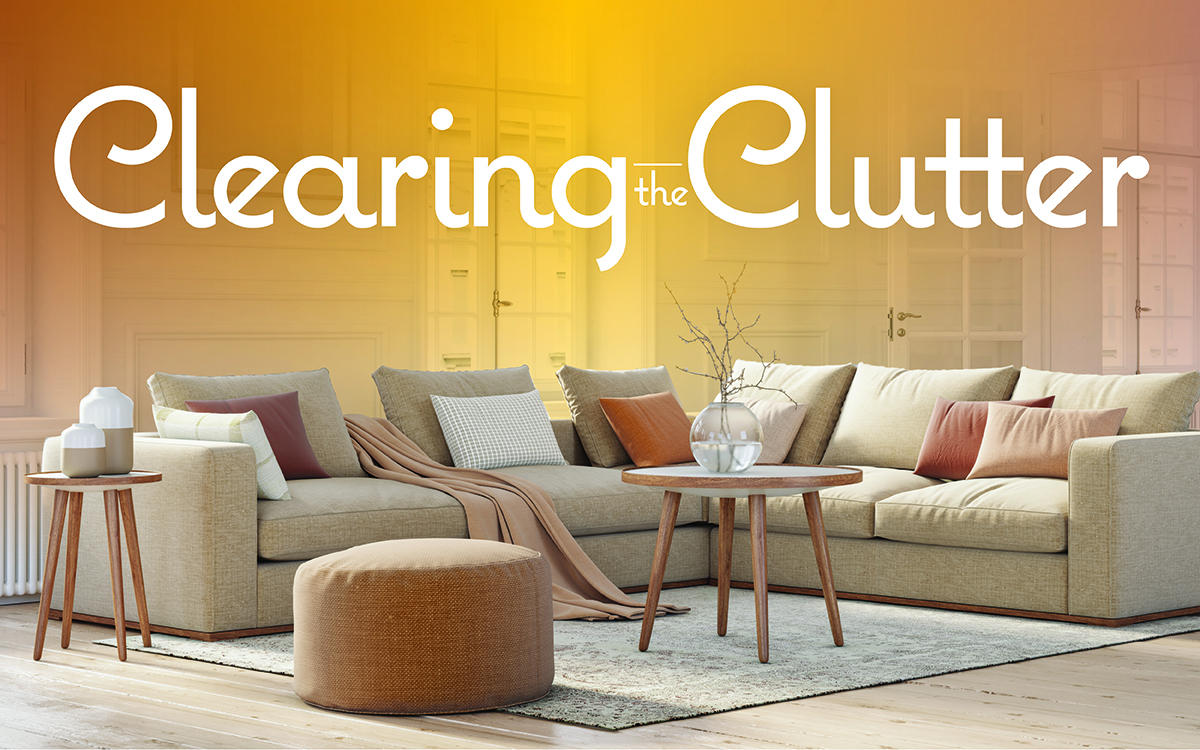
By Allison Irwin
ith the arrival of spring, it's the perfect time to dive into the practical task of downsizing or decluttering. This process can sometimes go beyond merely sorting through possessions; it involves navigating sentimental ties and finding the balance between practicality and emotional resonance. Consider this season as the perfect time to curate a living space that mirrors the freshness of spring and sets the stage for a lighter, less cluttered life. Here are four of the most popular decluttering methods, each offering its unique approach to transforming living spaces and fostering a sense of clarity and simplicity:
KonMari Method
Developed by organizing consultant Marie Kondo, the KonMari Method encourages keeping items that spark joy. By assessing the emotional resonance of possessions, this method goes beyond the mere act of decluttering. It promotes a mindset shift towards intentional living, creating a home filled with items that bring genuine happiness. KonMari encourages a categorical approach, tackling items by category rather than location, ensuring a comprehensive and effective decluttering process.
Minimalism
Minimalism isn’t just an aesthetic choice; it’s a lifestyle that focuses on intentional living. By intentionally reducing possessions to those that add real value, minimalism helps individuals break free from the cycle of consumerism. The result is a clutter-free space that fosters mental clarity and a purposeful, intentional life. Minimalist practices often include creating a ‘capsule wardrobe,’ streamlining clothing items to a select few that can be mixed and matched, reducing decision fatigue.
FlyLady System
The FlyLady System takes a practical and incremental approach to decluttering by incorporating daily habits. It divides tasks into manageable steps, making the process less overwhelming. This method is about establishing routines and habits that lead to a consistently organized living space, making clutter less likely to accumulate over time. The FlyLady System introduces the concept of ‘hot spots’ – areas where clutter tends to accumulate – and emphasizes the importance of consistently addressing these areas to maintain order.
Swedish Death Cleaning
Coined by author Margareta Magnusson, Swedish Death Cleaning encourages decluttering with the end in mind. It’s not just about creating a tidy living space; it’s about leaving a thoughtful legacy for loved ones. This method prompts careful consideration of possessions, ensuring that the items left behind carry intentional significance and a reflection of a life well-lived. This method also encourages open communication with loved ones about your possessions and wishes, ensuring a smoother process for both decluttering and leaving a meaningful legacy.

